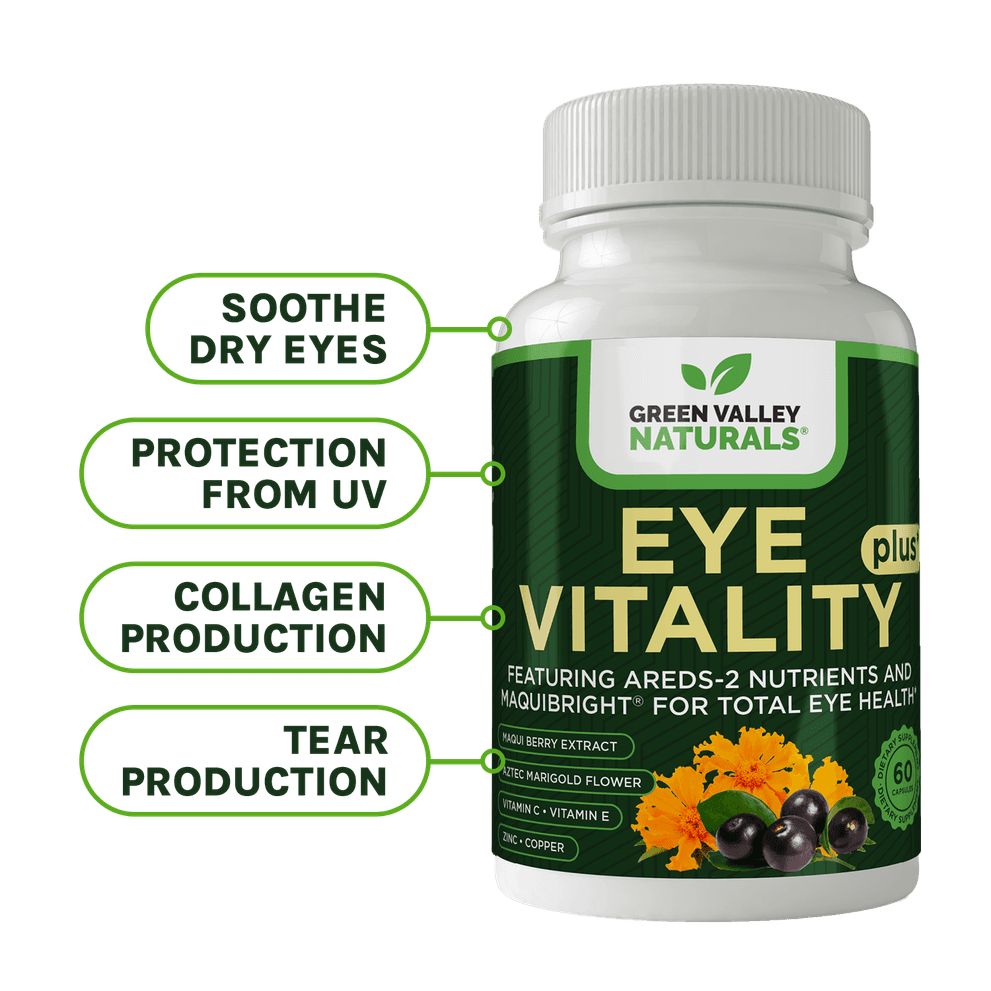
Key Takeaways
- Vibrational sound healing uses tools like gongs and tuning forks to generate frequencies that stimulate the vagus nerve, improving inflammation, digestion, and emotional balance.
- Vibroacoustic therapy has shown promise in reducing chronic back pain by 65% and improving movement control in Parkinson’s patients using specific low-frequency vibrations.
- While clinical vibrational therapy requires specialized equipment, listening to music with specific frequencies at home can offer mental and emotional benefits like stress reduction and improved mood.
Hacking Brainwaves With Sound Therapy
Advocates say sound therapy isn’t just about the feel-good mental benefits. Practitioners use different sound frequencies to “hack” the brainwaves and promote physical healing. “Everything in the universe has a vibrational frequency,” says Mark Menolascino, M.D.,1 an integrative and functional medicine practitioner. “We’re hard-wired to have sound be part of us. In the brain, all our neurons fire at different frequencies based on the data they receive from things around us. Those vibrations interact with every cell in your body.”The Vagus Nerve and Sound
Healing Vibrations
Vibroacoustic therapy is one type of sound healing. During vibroacoustic therapy, the patient lies on a mat or bed or sits in a chair embedded with speakers that transmit vibrations at specific computer-generated frequencies. “It is basically stimulating the body with very low sound – like sitting on a subwoofer,” according to Lee Bartel, Ph.D, who led a study3 at the University of Toronto in Canada. “But it requires special speakers that carry sound almost too low to hear in a way that changes it basically to something you feel instead of hear.” Professor Bartel’s study included two groups of 20 Parkinson’s patients who were treated with five minutes of 30 Hz vibrations. Results revealed “marked improvement” of all symptoms in both groups; including less rigidity, better walking speed, and less tremor. According to Prof. Bartel, frequencies between 20 and 100 Hz or pulses per second correspond to brainwave activities and function. He adds that 40 Hz brain waves are thought to carry information between the parts of the brain that control movement. “So, adding extra stimulation in that zone should help that communication and so assist in movement control,” he notes.Two-Thirds of These Back Pain Patients Got Relief
In another study, which lasted a full twelve weeks, researchers at the University of Malaysia in Kuala Lumpur applied low-frequency sound wave stimulation through the hands and feet of 23 patients with chronic back pain. 4 At the study’s conclusion, significant reductions in pain sensation and pain-related disability were observed. A notable 65% of the patients experienced a reduced pain index. The study’s authors concluded that this type of therapy was “effective in alleviating pain and improving functional ability in patients with chronic pain.” Sound healing has also been proven to help treat anxiety, depression, post-traumatic stress disorder, dementia, autism, and more. Plus, there’s some evidence that because it can lower stress, sound healing can reduce the risk of coronary artery disease and stroke.How About Do-it-Yourself Vibrational Therapy?
As you can see, vibroacoustic therapy differs from just listening to music. But don’t let that discourage you from taking advantage of your own favorite “good vibrations,” whether they’re by Bach or the Beach Boys. An upbeat playlist can make a long walk seem short and mellow music can help you wind down after a stressful day. The advantages of music therapy are real, even if they aren’t the same as vibrational therapy in a clinical setting. Concrete scientific evidence on the latter is limited at this point, but I believe it’s worth further exploration. I hope to bring you more info soon.Summary
Vibrational sound healing, a therapy that uses specific sound frequencies to produce healing vibrations, may offer benefits beyond relaxation, potentially addressing chronic pain, anxiety, depression, and neurological disorders. By stimulating the vagus nerve through the vestibulocochlear nerve in the ear, sound therapy influences essential body functions such as heart rate, inflammation, and brainwave activity. Studies suggest that targeted sound frequencies can enhance movement in Parkinson's patients, alleviate chronic back pain, and promote overall well-being.
Frequently Asked Questions
What is vibrational sound healing?
Vibrational sound healing is a therapy using sound frequencies to promote physical and emotional healing, often by stimulating the vagus nerve.
How does sound therapy affect the brain?
Sound waves influence brainwave activity and stimulate the vagus nerve, which helps regulate hormones, heart rate, and inflammation.
What are the benefits of vibroacoustic therapy?
This therapy has been shown to reduce chronic pain, improve movement in Parkinson’s patients, and alleviate anxiety and stress.
Can I try vibrational therapy at home?
While professional vibroacoustic therapy requires special equipment, listening to calming or energizing music with specific frequencies can provide emotional benefits.
What conditions can sound healing help with?
Research suggests it may benefit chronic pain, anxiety, depression, PTSD, dementia, autism, and some neurological disorders.

